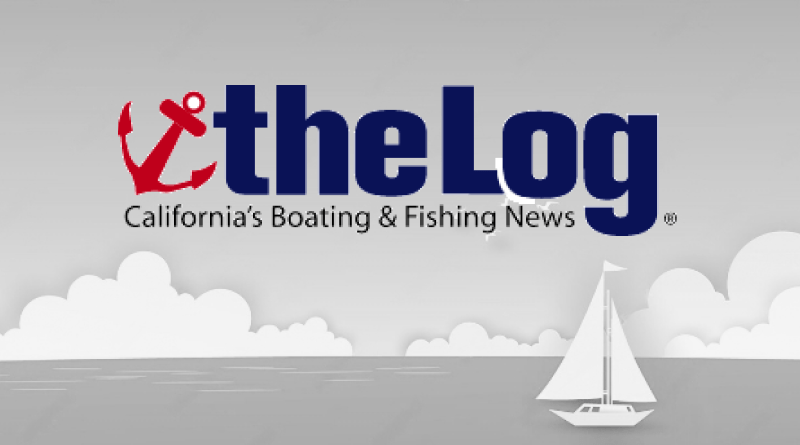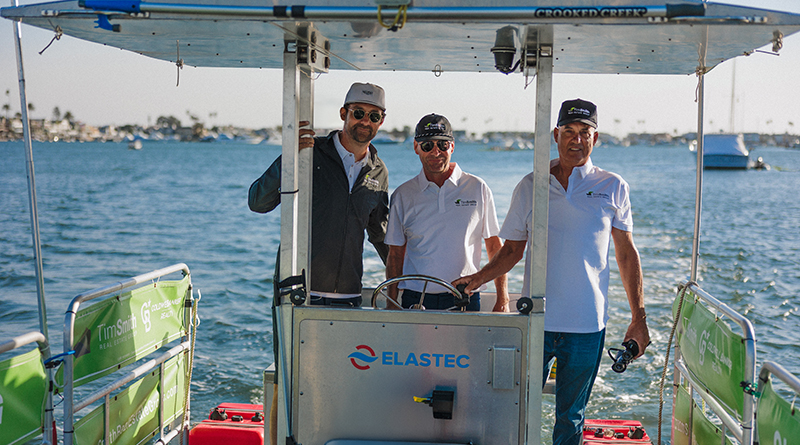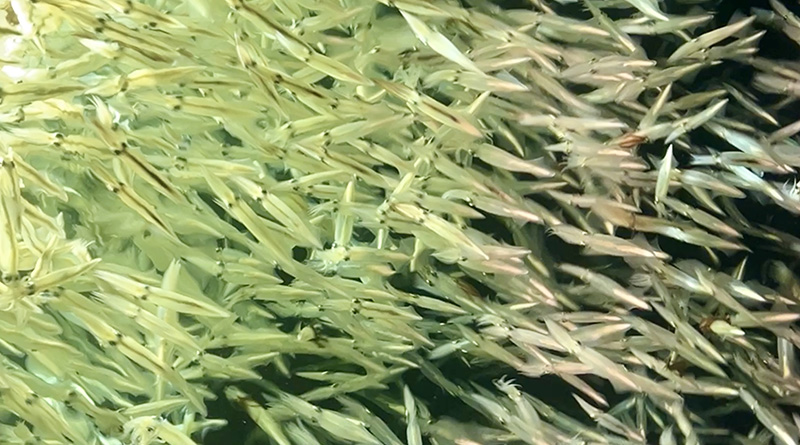November 1 is the traditional start of winter cruising season along Pacific Mexico, because that’s when hurricane season (June 1 through October 31) is supposed to be over. Of course, Mother Nature doesn’t always operate according to our same calendar, so the savvy cruiser will monitor all weather reports.
November 1 is the magic date when most U.S. yacht insurance providers are willing to start covering their boat owners’ travels that extend farther south than Ensenada.
What about the Baja Ha Ha? This group of sailboats annually plans to depart San Diego in late October, cruising slowly down Baja. But the Ha Ha group also plans to stop and rest inside Turtle Bay, which is a wrap around hurricane hole located half way down Baja. This rest stop guarantees the group a golden opportunity to seek shelter and stay hunkered down, in case a late season hurricane or tropical storm is still roaming its way northward. So, there is method to the Ha Ha’s madness.
Dash itinerary
Here’s the most successful itinerary for long-range cruising yachts, because it gets you free from winter’s icy grasp as quickly as possible, dropped into the warmth of tropical comfort.
As soon as the bell rings on November 1, dash down Baja with stops only at Turtle Bay and Los Cabos.
From anywhere on the south end of Baja, cross over to the mainland and turn right. Briskly, coast hop as far south in Mexico as you’re planning to go, such as to Acapulco or Huatulco. When you’ve reached your southern apex, stop and make your big U-turn.
Now, begin “gunk holing” slowly back northward in full cruise mode. Stop and explore each of those intimate coves you dashed past earlier, staying for a week or two at anchor in all the legendary cruising stops of mainland Mexico, such as Zihuatanejo, Ixtapa, Manzanillo, Barra Navidad, Chamela, Tenacatita, Yelapa, Puerto Vallarta, Nuevo Vallarta, La Cruz, Punta Mita, Chacala, Jaltemba, San Blas, Isla Isabela and Mazatlan.
While sauntering north, do soak up all the yacht friendly amenities in the resort marinas at Ixtapa, Manzanillo, Barra Navidad, Banderas Bay and Mazatlan.
Sea of Cortez – South loop
Use this itinerary for winter cruising season, probably at the end of your dash down the mainland, but before summer sets in.
Start at either La Paz or Mazatlan, where you’ll do a major provisioning and haul out for maintenance if you need it. You can cruise this south loop in either direction.
From La Paz, cruise slowly 120 miles up the Baja side of the Sea of Cortez to the sheltered harbor and marina at Puerto Escondido, en route enjoying dozens of pristine anchorages, uninhabited islands and friendly fishing villages along the way. This is the best stretch to linger.
At Puerto Escondido, provision at Loreto and continue 110 miles up to Bahia Concepcion – the sea within the sea – to dock at Santa Rosalia, the restored French mining town.
The trick is to cross over between Santa Rosalia to San Carlos – or vice versa – because it’s only 75 miles. San Carlos and Guaymas are the most significant cruising grounds in the mid Sea of Cortez. After exploring both of them, turn south and head to Topolobampo, Sinaloa. Here’s where you leave your boat in the new marina and catch the historic train, El Chepo, up into the Copper Canyon – making it a five day adventure with hikes through the pine woods and visit to the Tarahumara native village. This is a neat excursion for two couples.
After Topo, jump slightly off shore for a tentative stop at Isla Isabela, the frigate sanctuary island, then continue the loop down to Mazatlan – which is a welcome four-marina stop with parrots, jungle scenery and lots of downtown culture.
Sea of Cortez – North loop
Keep this itinerary in your back pocket until summer rolls around.
From either Santa Rosalia on Baja or San Carlos in Sonora, stay ahead of hurricane season by cruising up one side of the Sea of Cortez and down the other, in either direction. The main cruising destinations are San Francisquito, the Midriff Islands, Bahia de Los Angeles, Gonzaga Bay, Willard Bay, the Enchanted Isles, San Felipe harbor, Puerto Peñasco, the Lost Coast of the Seri Indians, Cabo Tepoca, La Libertad, Bahia Sargento, Bahia Dulce, Isla Tiburon, Kino Bay and the Found Coast down to San Carlos – which closes the north loop.
Pick one or two of the hurricane holes and make it your summer headquarters. The three most popular hurricane holes are at Bahia de Los Angeles (Puerto Don Juan), Puerto Peñasco harbor and Bahia San Carlos.
As long as you monitor the daily weather reports and plot any tropical storms that reach in this direction, you’re usually good to explore a day sail distance in any direction. Just be sure you can scoot back to safety if needed.
The dry storage yards at Puerto Peñasco and Bahia San Carlos make a good alternative to constantly moving, in case you opt to park your boat on the hard and fly home to cooler latitudes for the rest of the summer. The Sonora Desert scorches in summer, until the Monsoonal thunderstorms arrive in September, bringing welcome rain – and an occasional hurricane.
By late October or early November, all the cruising boats that summered over or hibernated in the north loop of the Sea of Cortez are coming back to live.







